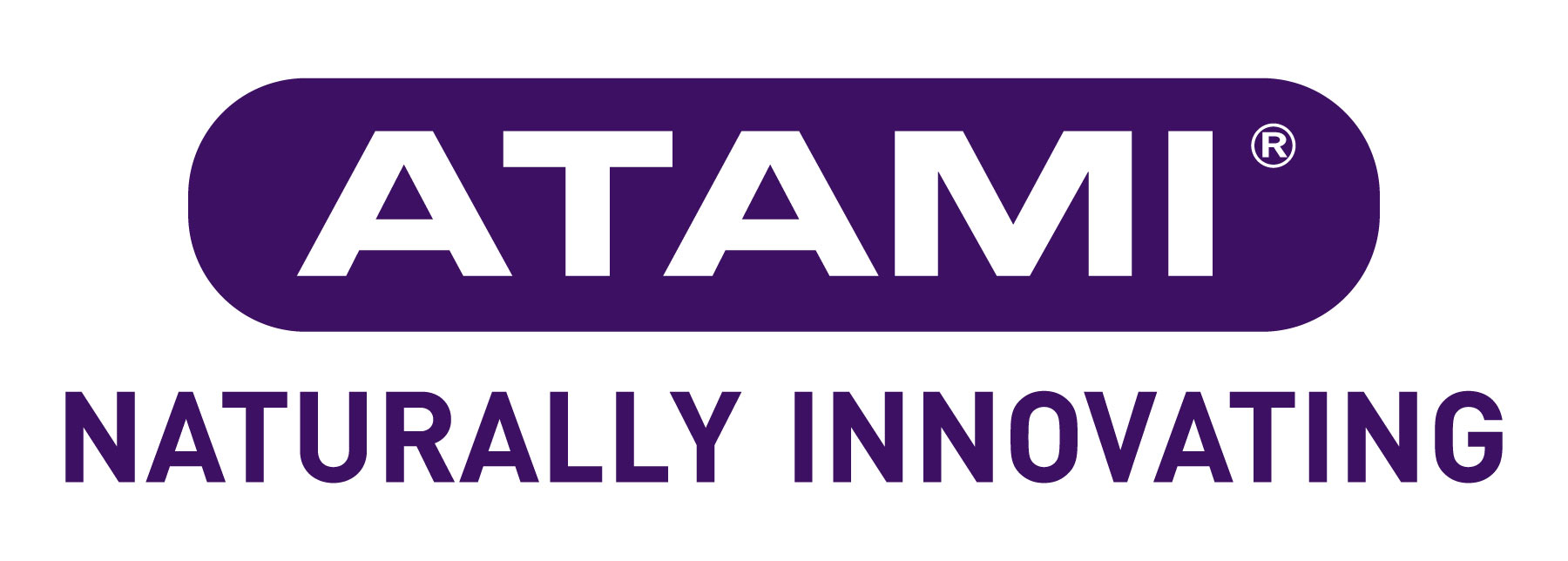All About Flood & Drain
The flood and drain hydroponic system, also referred to as an ebb and flow system, is a widely used setup for growing plants. It involves growing plants in containers or trays filled with a growing medium such as clay balls, rockwool, or perlite. The system comprises several key components, including a growing container/tray, a reservoir, a submersible pump, and a timer, all of which we sell at Hyalite!
Flood and drain systems are popular for their simplicity, efficiency, and versatility. They are suitable for various types of plants and are widely used in commercial and home hydroponic setups. The ability to control the timing and frequency of nutrient delivery makes flood and drain systems a reliable choice for growing healthy and robust plants.
Here's how the flood and drain hydroponic system works:
- Flood Phase: During the flood phase, the submersible pump activates, and nutrient-rich water from the reservoir is pumped into the growing container or tray. The growing medium and the plant roots are submerged in the nutrient solution, allowing the plants to absorb the water and nutrients they need for growth.
- Drain Phase: After a set period (determined by the timer), the pump turns off, and the water drains back into the reservoir. Gravity and drainage holes in the growing container facilitate the return of excess water to the reservoir, leaving the medium damp but not waterlogged.
- Rest Period: Once the water has drained, there's a brief rest period before the next flood phase begins. This rest period allows the roots to access oxygen as the excess water drains away.
The cycle of flooding and draining is repeated at regular intervals, providing plants with a continuous supply of nutrients and oxygen. This method ensures that the roots receive both the required nutrients and the necessary oxygen for healthy growth.
Let's explore the main advantages and disadvantages of a flood and drain hydroponic system:
Advantages:
- Nutrient Distribution: Flood and drain systems provide excellent nutrient distribution to plant roots. During the flood phase, the nutrient-rich water reaches all parts of the growing medium, ensuring that plants receive a balanced supply of essential nutrients.
- Oxygenation: The drain phase allows excess water to recede, creating air pockets in the growing medium. This helps oxygenate the root zone, promoting healthy root growth and preventing waterlogging and root rot issues.
- Versatility: Flood and drain systems can accommodate various plants, making them suitable for multiple crops, from leafy greens to fruiting plants.
- Low Energy Consumption: The flood and drain cycles can be controlled with timers, leading to efficient water and nutrient usage. This results in lower energy consumption compared to some other hydroponic systems.
- DIY-Friendly: Building a simple flood and drain system can be relatively straightforward, making it accessible to home gardeners and DIY enthusiasts.
Disadvantages:
- Maintenance: Although flood and drain systems are generally low-maintenance, regular monitoring and adjustments may be necessary to ensure proper flood and drain timings and prevent malfunctions.
- Root Health: If flood and drain cycles are too frequent or prolonged, the constant fluctuations in water levels can stress the plant roots. Proper timing and balance are essential to maintain root health.
- Risk of System Failure: Flood and drain systems rely on mechanical components such as pumps and timers. The system may not function properly in a mechanical failure, potentially impacting plant health.
- Water Usage: While flood and drain systems can efficiently distribute nutrients, they may use more water than other hydroponic methods due to the repeated flooding and draining cycles.
- Root Clogging: Some growing media used in flood and drain systems, like clay balls, can be prone to root clogging. This can occur if the growing medium particles are too small or root growth is particularly vigorous.
In general, flood and drain systems are a great and versatile option for hydroponic plant cultivation. Despite some drawbacks, such as the need for proper management and maintenance, the benefits of these systems, including nutrient distribution and oxygenation, make them a worthwhile investment. By paying close attention to timing and system components, you can maximize the potential of your flood and drain hydroponic system and guarantee a successful harvest.










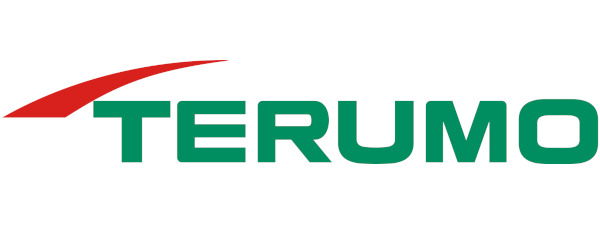

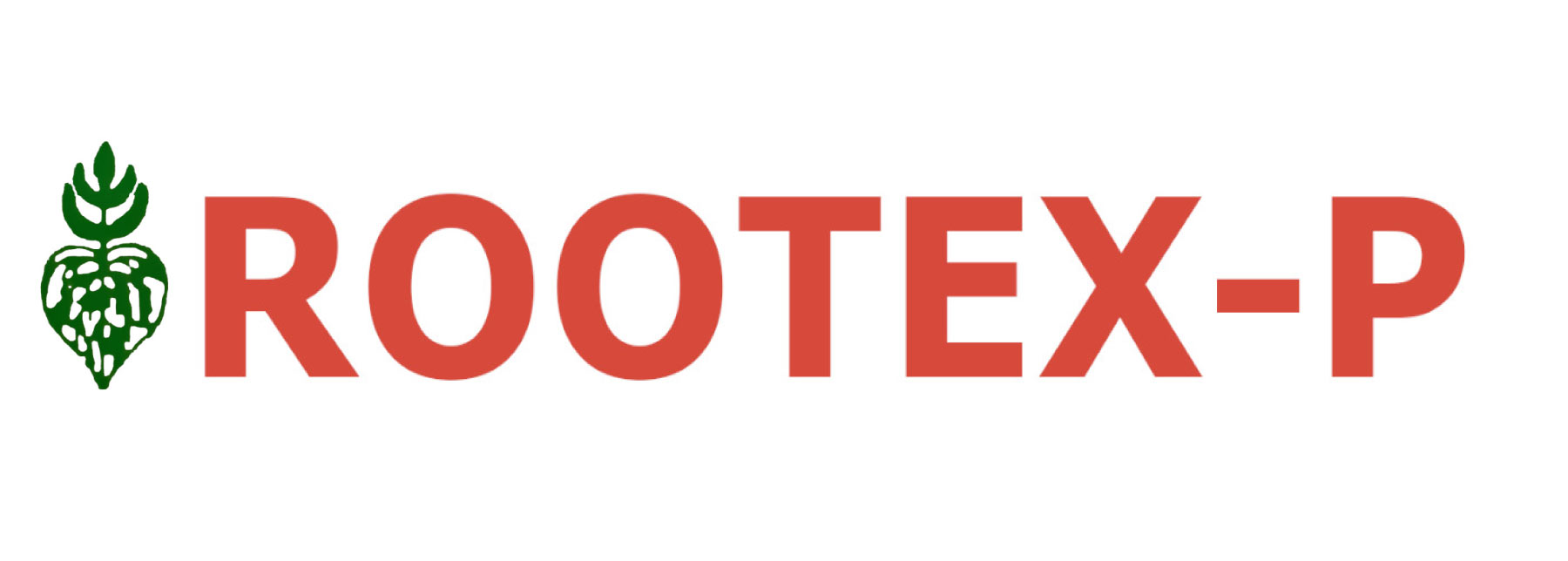





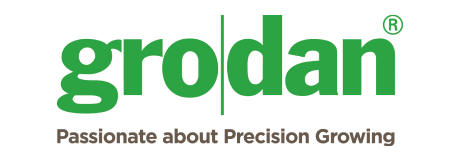



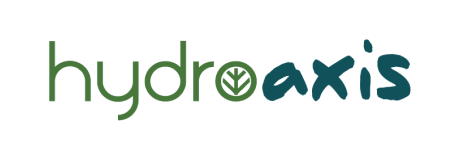







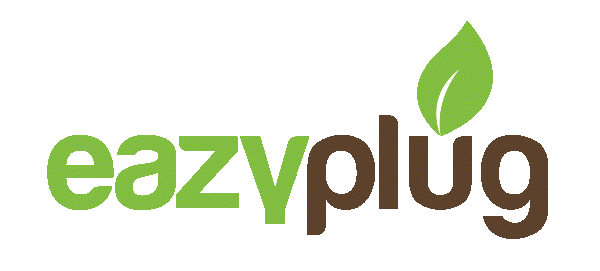





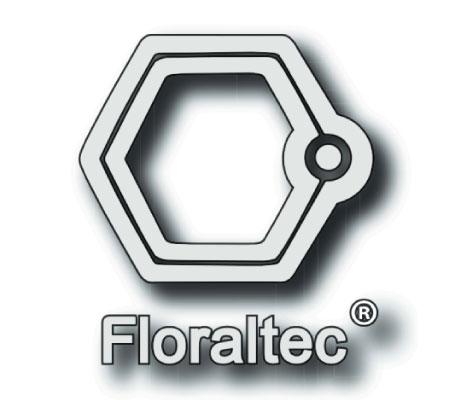






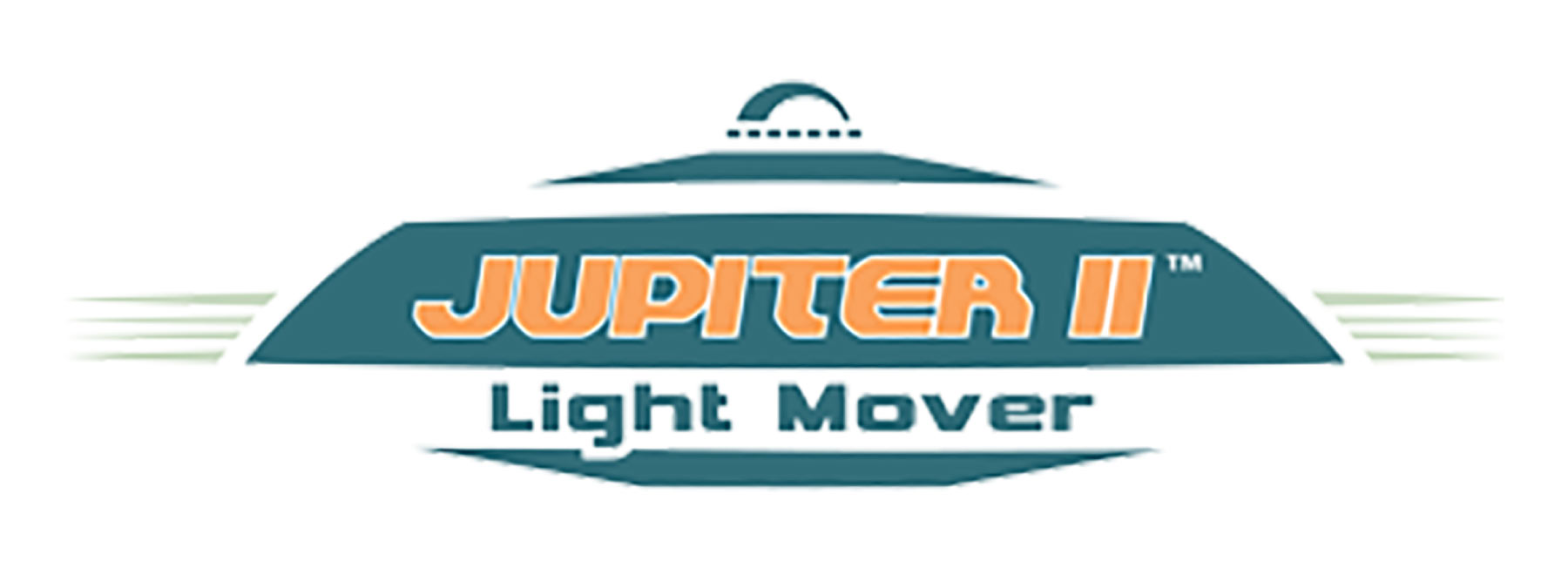


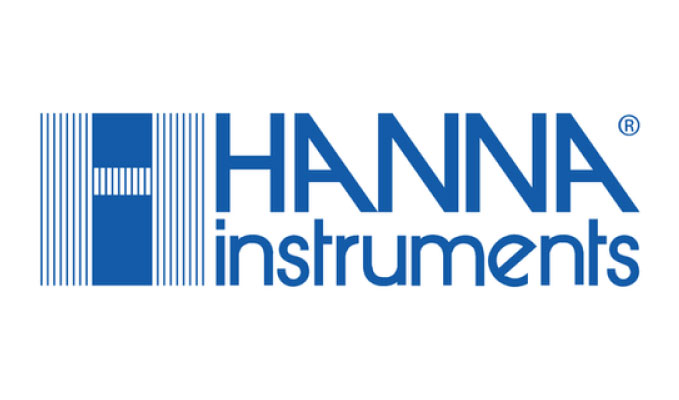


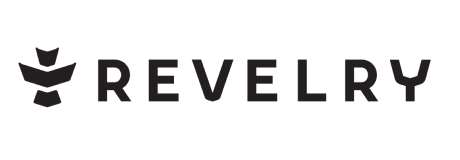







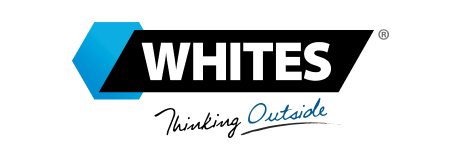





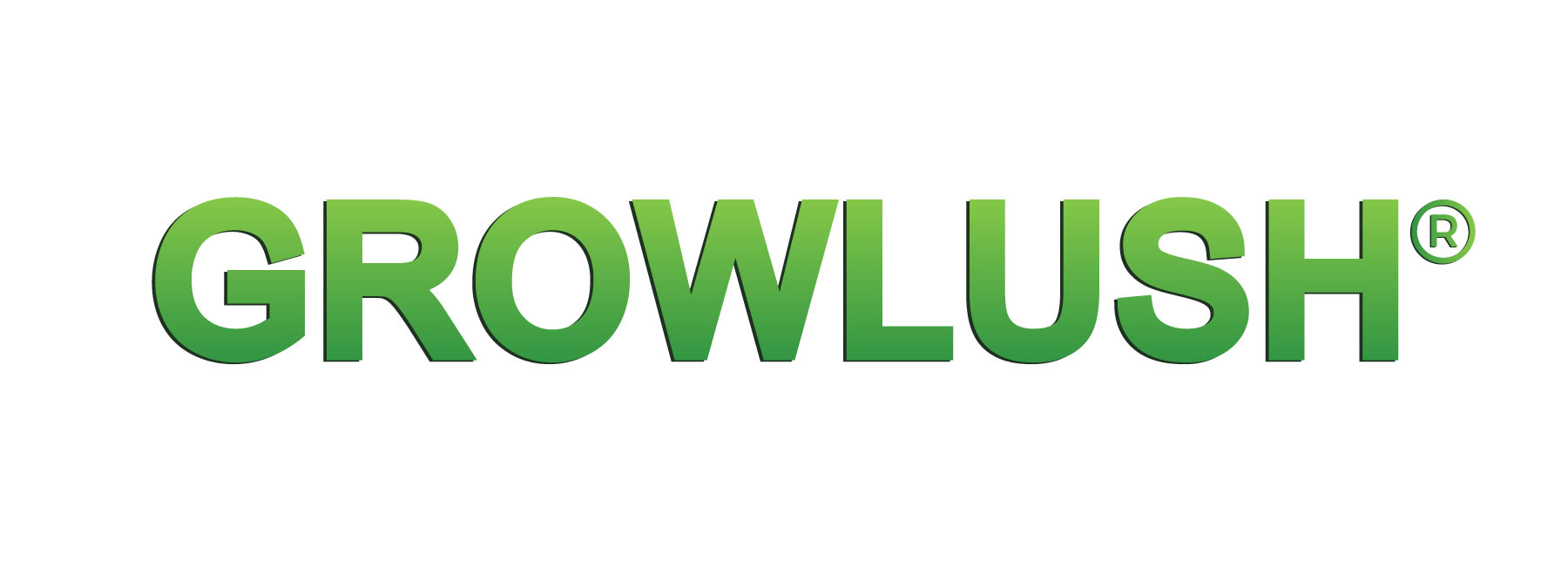
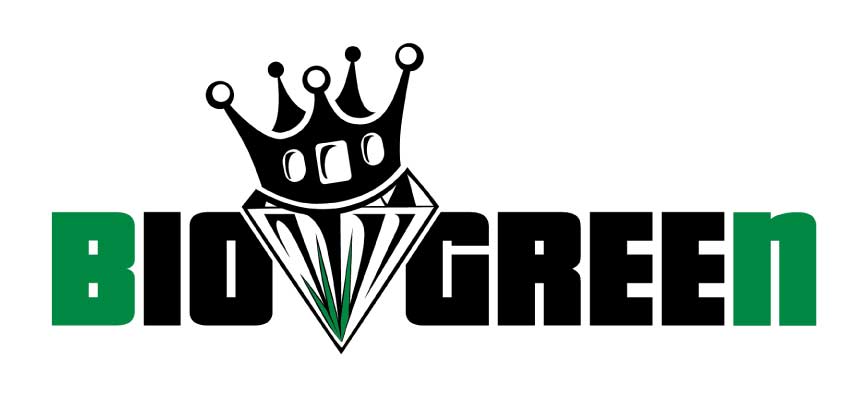





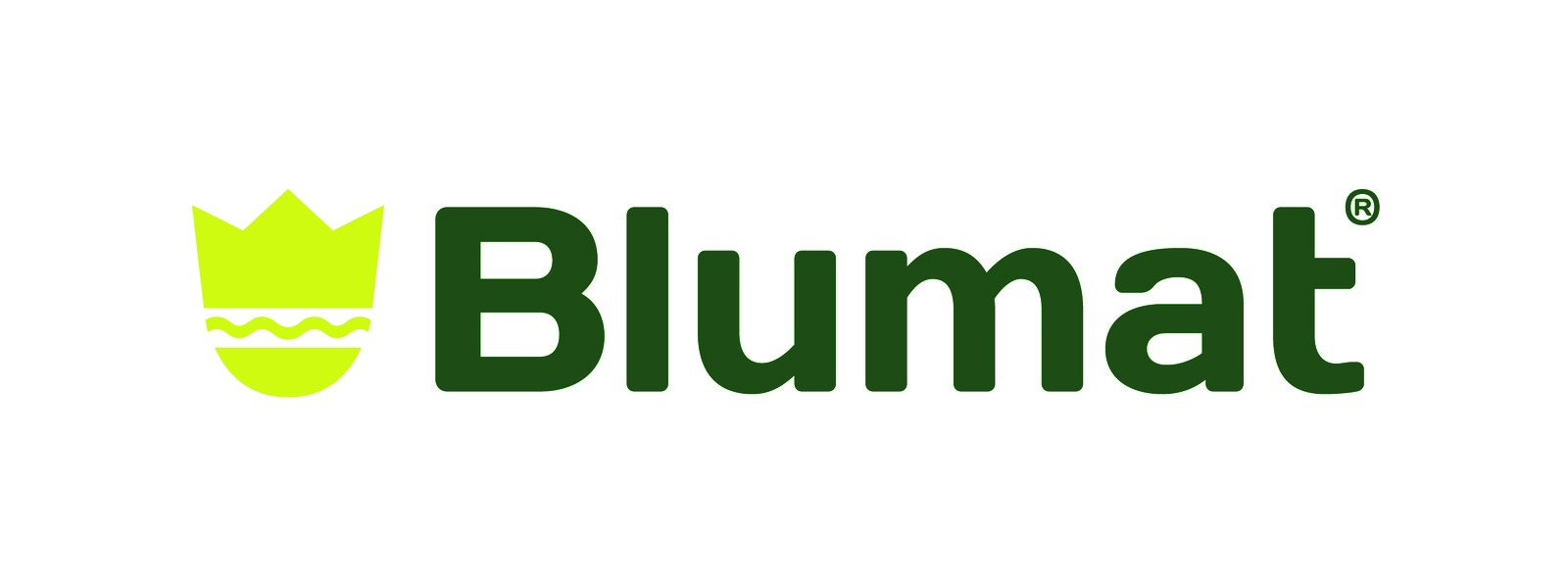
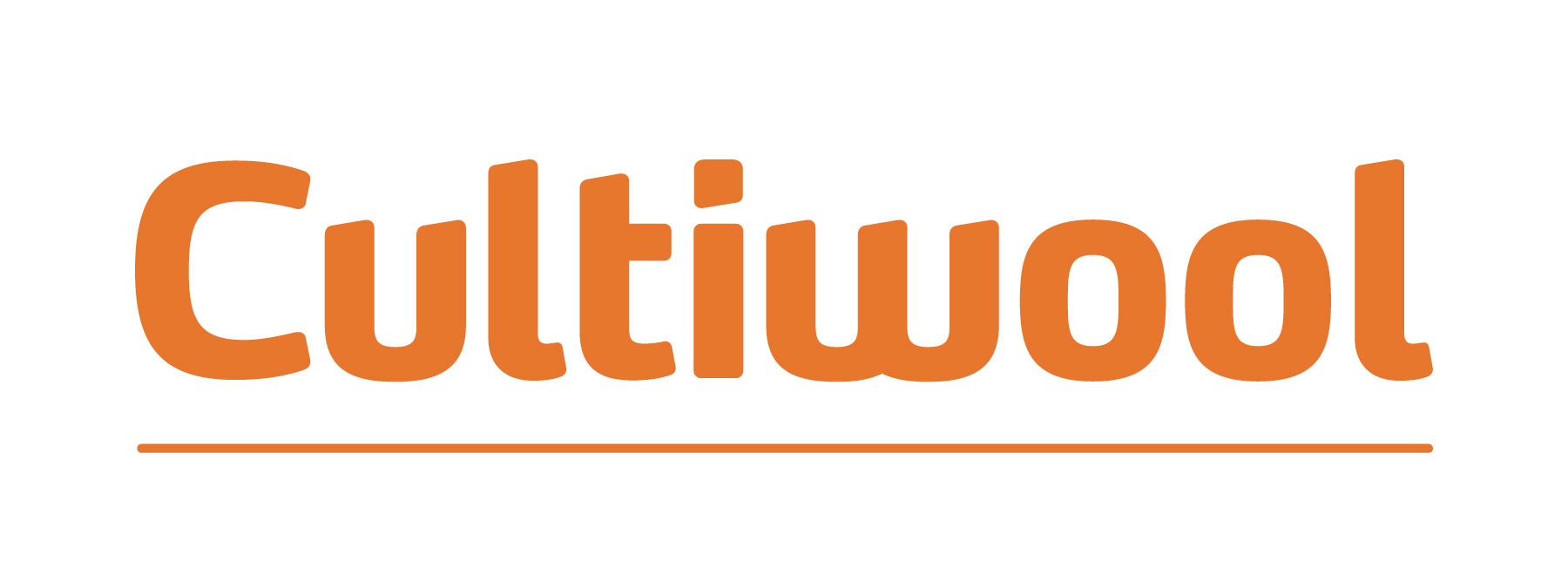




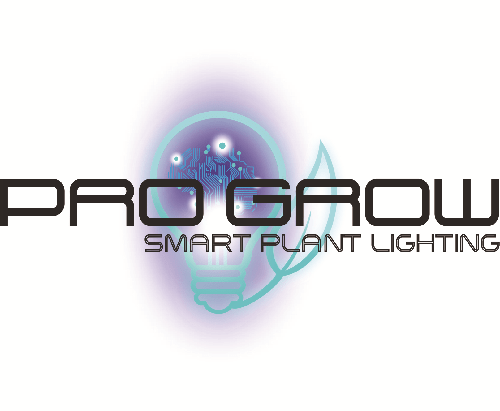


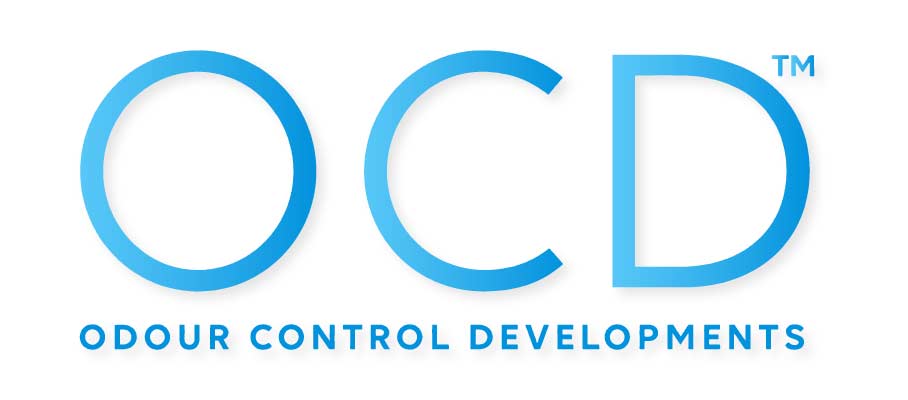

-hyalite.jpg)
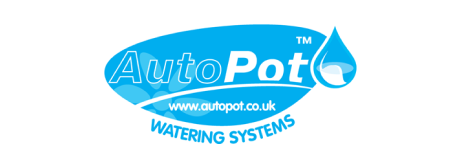




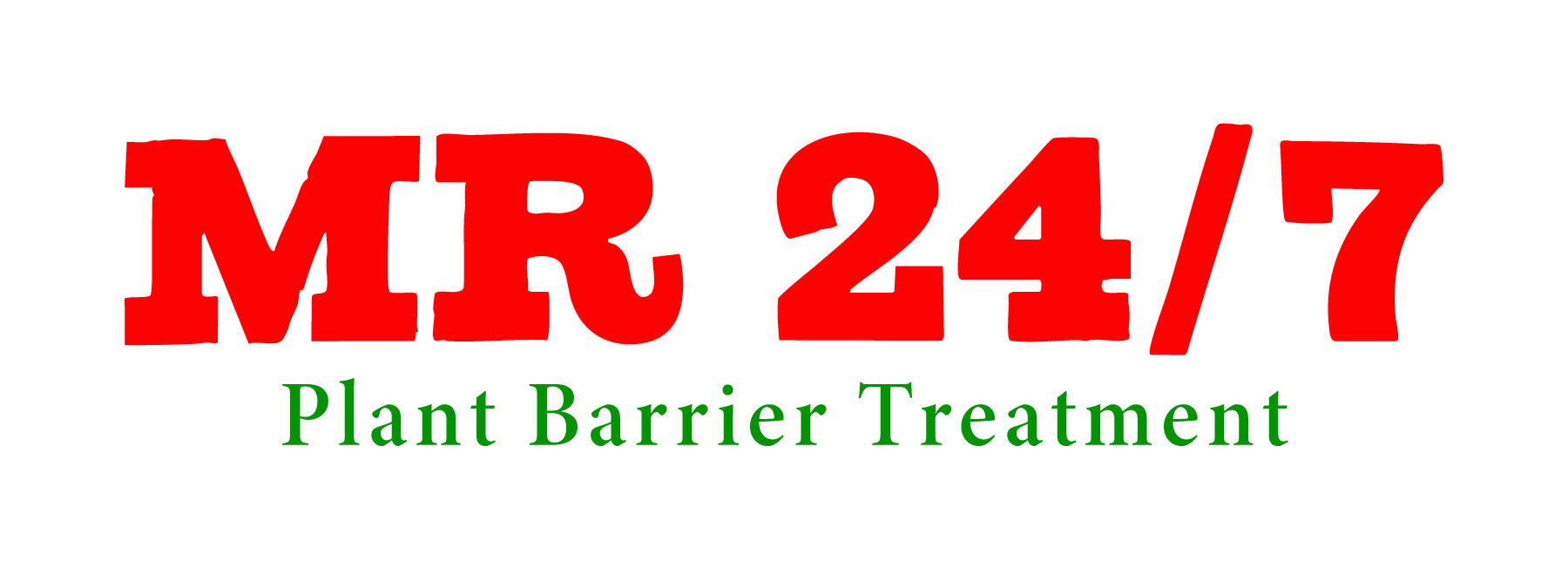
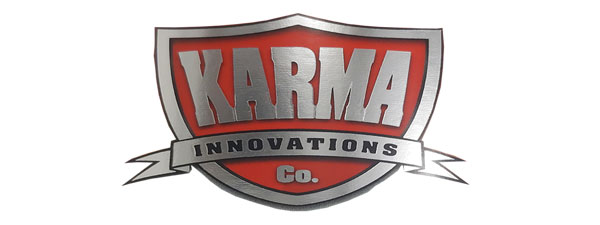




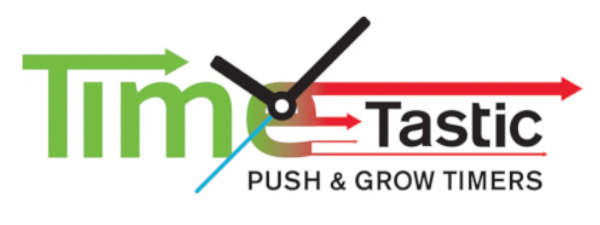




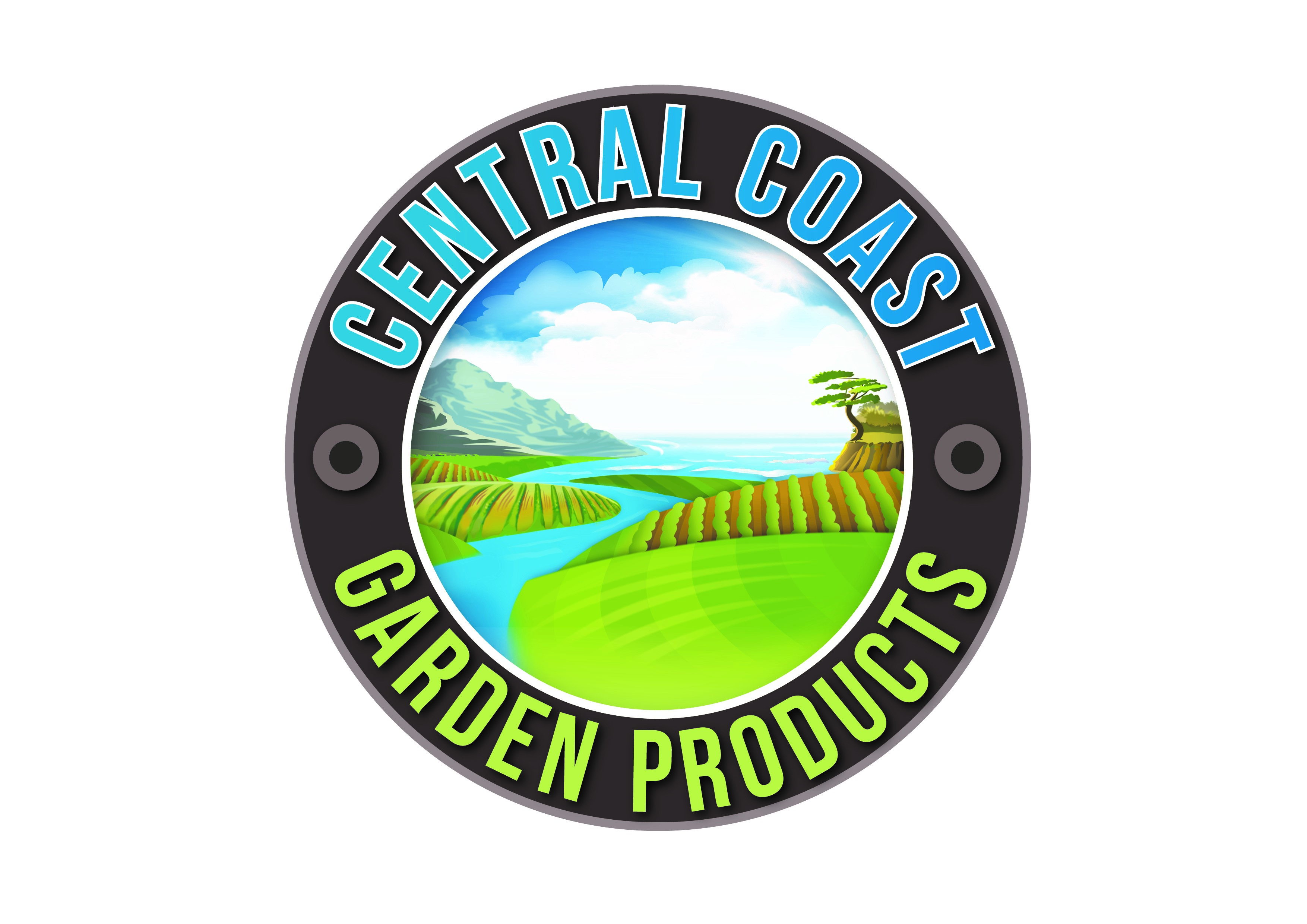







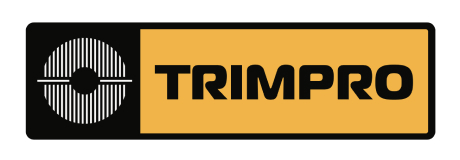

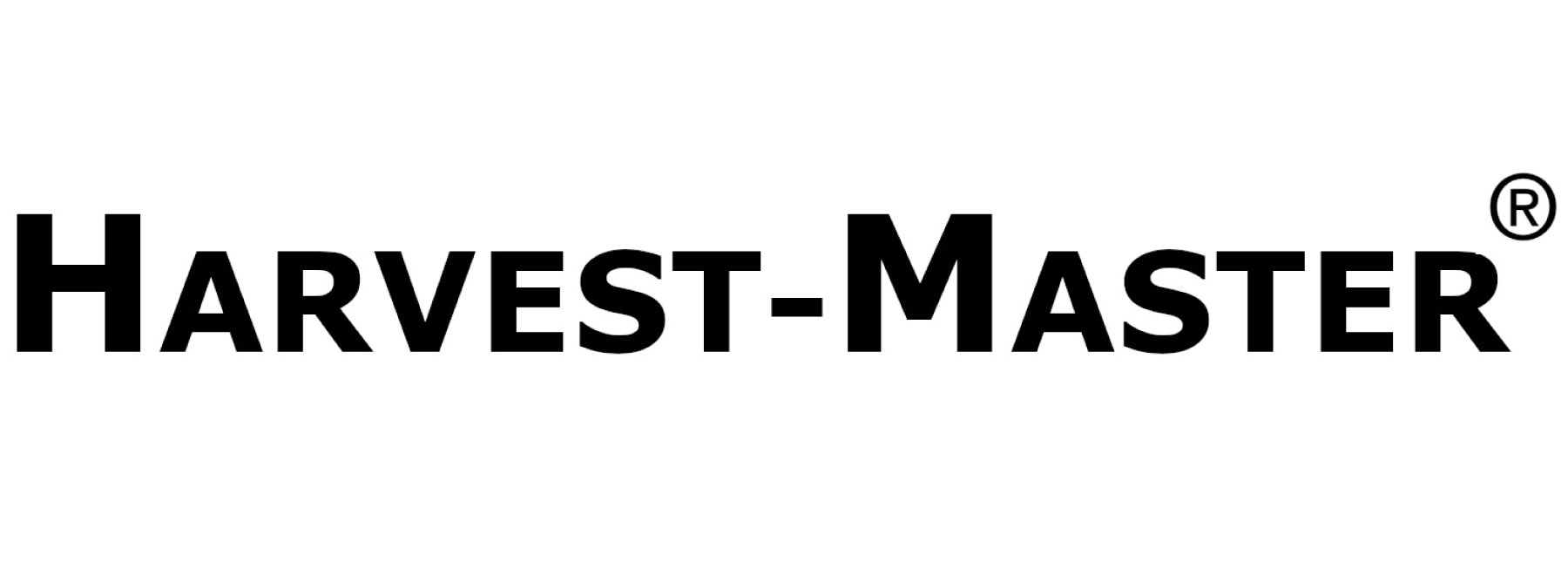





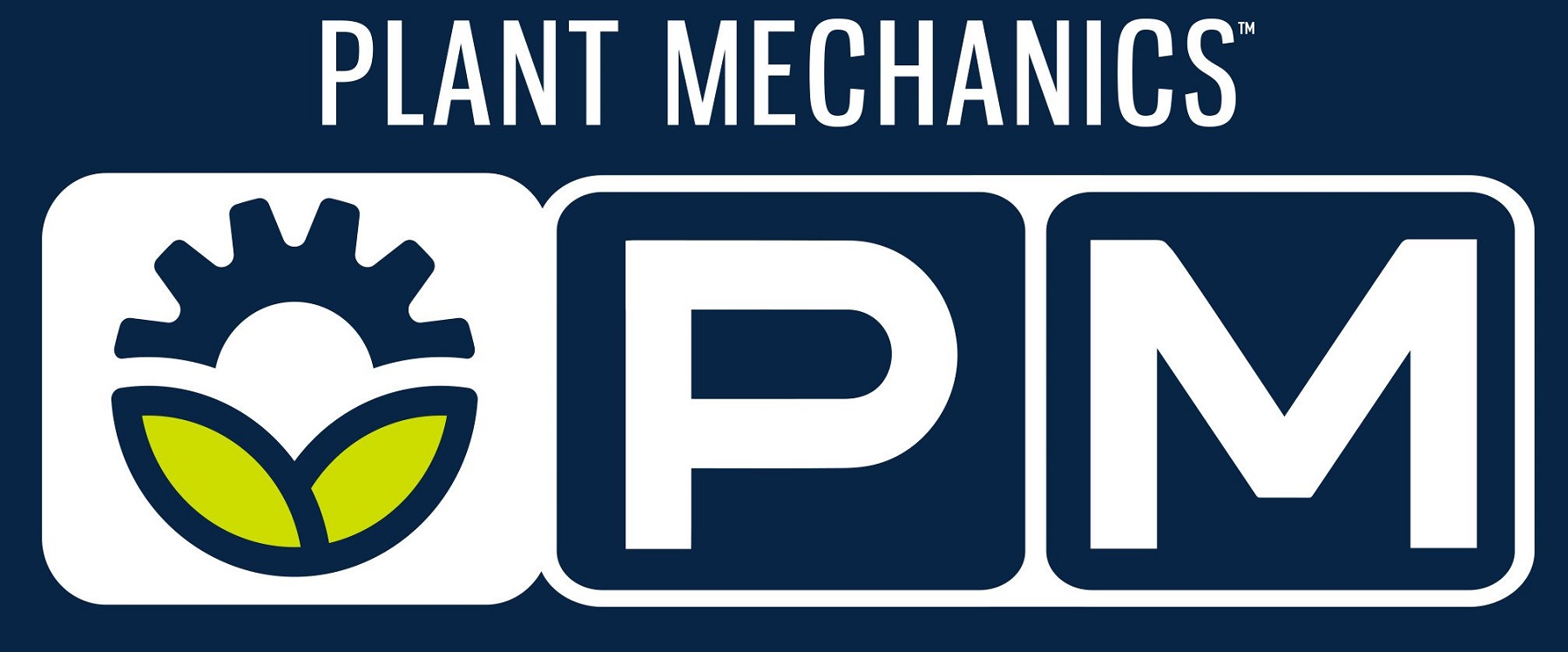











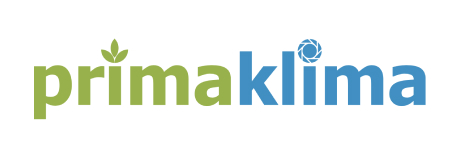






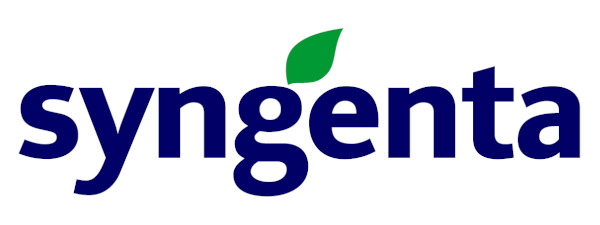
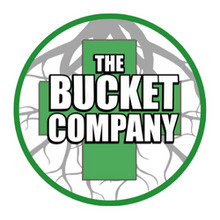
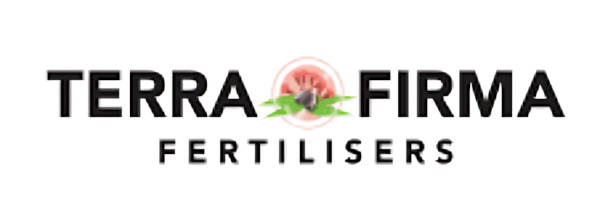

-logo.jpg)

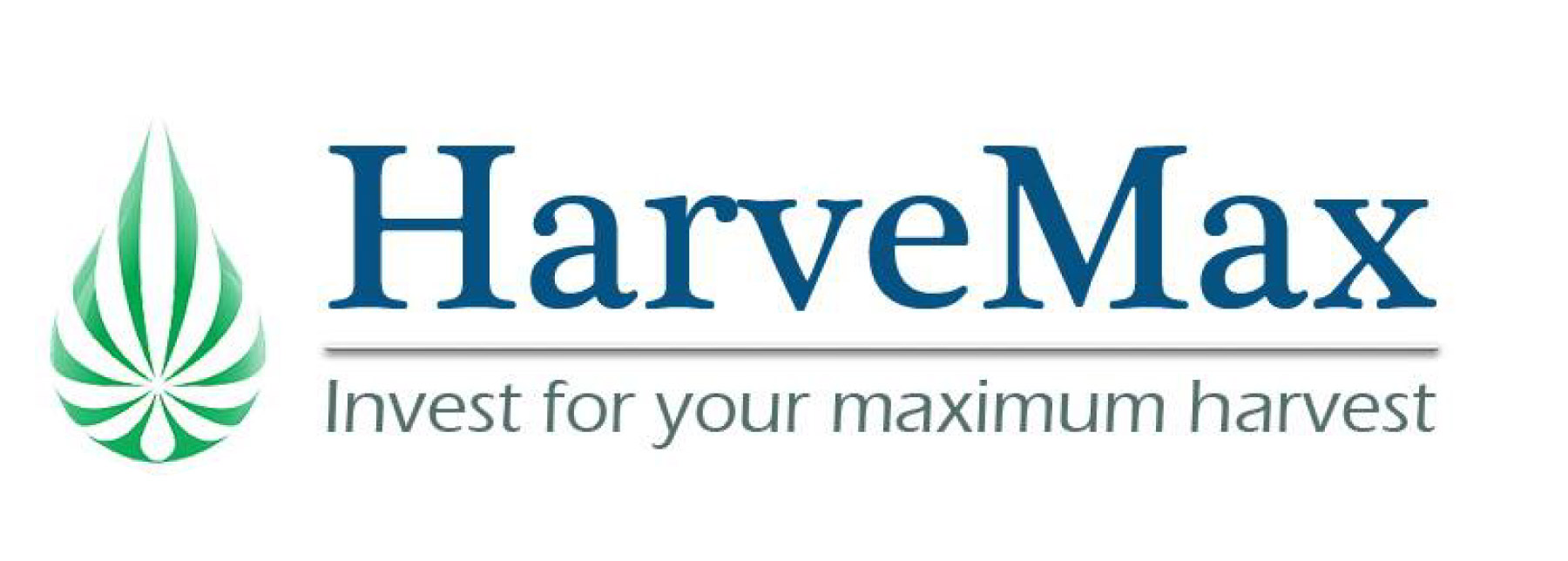

.jpg)
